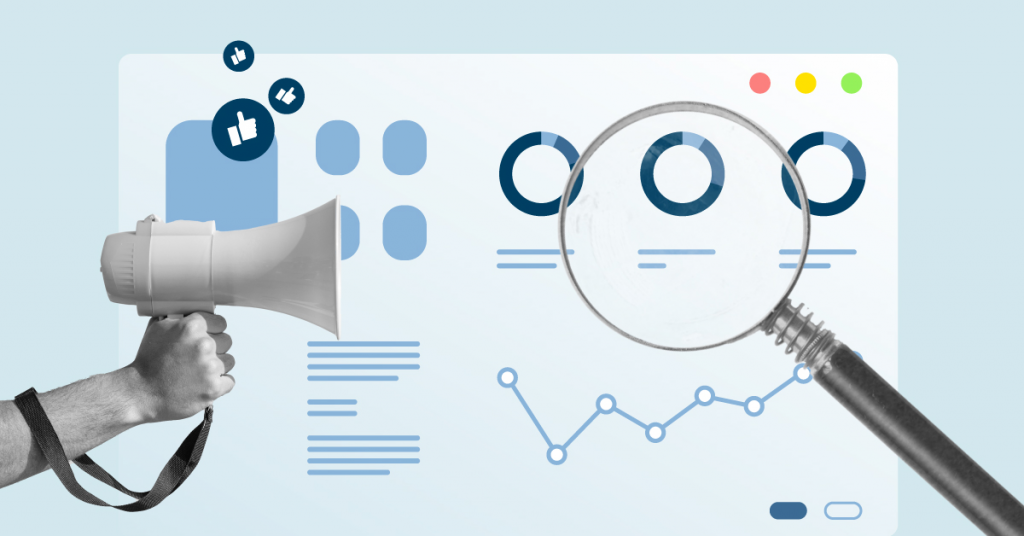What is Technical SEO? A Guide for Small Business Owners

Are you a small or midsize business looking to generate more leads from your website? As an SMB considering ways to increase traffic to your site, you know you need search engine optimization (SEO).
An SEO effort generally involves Technical SEO, content and keyword development, and link building. There are of course other elements to successful SEO (search engine optimization). These, though, are the core practices. And as an SMB, the first step is to ensure that Google can crawl your website and find your high value content. To that end, technical SEO is usually the foundation of any search engine strategy.
The goal of a technical SEO campaign is to enable search engines to access, crawl, understand, and index your site. It’s a continuous process of removing impediments to Google’s ability to spider your site. You want to expose your highest quality content to users and to Google.
We’ve created a technical SEO guide to answer the questions, “What is Technical SEO?” and “How can a Technical SEO strategy benefit a small or midsize business?”
What is Technical SEO?
As its name says, Technical SEO is a subcategory of SEO that focuses mainly on the infrastructure of your website.
If your website has technical issues, it can result in missed opportunities to communicate the purpose and content of each of your web pages. Worse, it could make your site completely invisible to both search engines and customers.
Technical SEO ensures that your website is running smoothly and keeps Google in the know about each page’s functionality and content.
The scope of a technical SEO audit and ongoing practice usually includes, but isn’t limited to, the following.
- Crawlability & Indexability
- Site Speed Performance
- HTML Tags
- Mobile Responsiveness
- Canonical URLs
- Structured Data Markup
- Broken Links
- Broken Pages with Links
- Image Tags
- Duplicate Content
Conducting an SEO audit will show you what elements of your website need work, whether you’re targeting an e-commerce SEO strategy or looking to build brand awareness.
The Technical SEO Importance of Crawlability and Indexability
If your site is having problems, start by checking for crawlability and indexability issues. If Google is struggling crawling or indexing your site, your SEO can significantly suffer.
To display your site in the search engine results pages, bots need to be able to identify your content and organize it accordingly. If they’re unable to do so, even if all of the other elements of your site are optimized for search engines, your website will be invisible.
An all too-frequent error is a badly-formed robots.txt file. The robots.txt is a text file of directives for the search engines regarding which pages to crawl and which not to. If these are incorrect or malformed, your whole site could be ignored by all search engines. This kind of error sometimes happens following a site migration or launch of a new site for example.
Secondly, one of the best ways to ensure that your site is fully crawlable is by creating an XML sitemap.
XML sitemaps help search engines to understand the layout of each site and the hierarchical relevance of each page. They provide information such as when each page was modified, how frequently it was updated, and its priority on your site. And you can tell Google where to find your XML sitemap with a directive in the robots.txt file, and with an entry in Google Search Console (Otherwise known as GSC). GSC is an important free tool with which Google gives feedback on your site as it crawls the pages.
Site Speed Performance
Site speed performance refers to the loading time of individual pages on the site. Google has long advised that the time it takes for your website to load is an important factor in your SEO ranking.
A slow page speed may deter search engines from crawling your full website. More importantly, though, the user experience will be negatively impacted and your bounce rates will rise. The probability of a mobile user leaving your site goes up 123% as your page loading time increases from 1 to 10 seconds. This will also hurt your SEO rankings.
There are many strategies you can use to improve your website’s speed. A fast hosting service and domain name server can help. Minimize HTTP requests by using fewer scripts and plug-ins. Compress the data on your website by using compression software like GZip. For photos, use Photoshop or other imaging software to minimize the size of your files without reducing their quality.
HTML Tags
HTML tags are bits of HTML code that identify various elements of a document and may also determine the way that a web browser will display that element by default. The primary HTML tags include:
- title tags
- meta descriptions
- header tags (H1, H2, H3)
Proper implementation and optimization of your HTML tags can help improve the organization of your site and make it easier for Google to make sense of a page.
Missing or poor HTML tags are a missed opportunity for your SEO. At worst, they may even prevent content from being visible on a search engine results page.
Mobile Responsiveness
Your site’s looks and functionality don’t just matter on desktop. Google has emphasized that a site’s mobile responsiveness has become equally, if not a more important SEO element than its capabilities on a desktop computer.
A responsive website adjusts itself automatically so visitors can navigate it easily from any device, especially their cell phones.
Make sure to select a hosting service that offers mobile responsiveness in each theme and template. If your site already exists without responsiveness, it may be time to hire an expert to create a mobile template for you.
Canonical URLs
A canonical URL is the preferred URL that you want Google to display in the search engine results page when duplicate or near-duplicate pages exist.
For example, if your site has the URLs, yourwebsite.com?item=333 and yourwebsite.com/item/333, Google may arbitrarily choose one to display.
Using canonical links provides information to search engines about which page should be presented should a duplicate issue arise. This makes the life of a crawler easier as it has one less decision to make.
To give this information to search engines, create a canonical link element that can be inserted into your page’s code. It can be placed in the HTTP header of a document.
Structured Data Markup
Structured data markup, also known as schema markup, is one of the more advanced categories of SEO. Many websites do not implement structured markup at all, or not fully, or not well.
Doing so can give your site an edge, especially if you’re in an industry with competitive keywords.
Structured markup involves the creation of ‘rich snippets,’ which are pieces of code that help search engines understand and display aspects of your content on the search engine results page. These elements provide more information about your page and may make it more visually appealing.
Schema markup is used for structured data like recipes, events, medical information, reviews, etc. The markup helps search engines understand the relationships between the elements of the data (ex: ingredients and quantities). One of the most important sites for scheme markup vocabularies is schema.org.
Rich snippets can include images, ratings, even videos. They’ll help your site. to attract more customers, increasing its click-through rate and boosting its position in search engine rankings.
Broken Links
This refers to links within your site to pages that no longer exist. If you have links in your site to pages within the site that no longer exist, these will return a 404 (Page Not Found) error when a visitor clicks. That’s fine to have 404 pages here and there, but it presents the user with a frustrating experience when they find those links in your own site. It’s also unhelpful to give users links to broken external pages, so you should check for that every so often as well. There are many tools you can use to check both, including the aforementioned GSC for internal broken links.
Broken Pages with Links
It’s also worth noting that if you have links from other sites to pages that no longer exist on your site, then you lose the potential SEO value of those inbound links. To regain that value at low cost, simply redirect those pages to good ones, with a permanent (301) redirect. It’d be a shame to waste good link building efforts.
Image Tags
Make sure that all images are tagged with Alt attributes. These are text fields in the image link that describes the content of the image for visually impaired users. These are also helpful for SEO, as they help Google understand these images and their role in the page as well.
Duplicate Content
Duplicate content refers to two or more pages with different URLs but the same — or mostly the same content. This is common on ecommerce websites where size/color variants of products each have their own URL. Also happens with blogs for example, if you incorrectly copy a post in more than one category.
Implementing Technical SEO
So, “what is technical SEO?” Hopefully this gives you the SMB owner or manager a glimpse into the key elements. And you understand why it’s important for your site. A solid technical SEO foundation will help you begin to transform your small business’s online presence!
Connect with our team to become more visible than ever before and generate new leads.
Recommended for you












